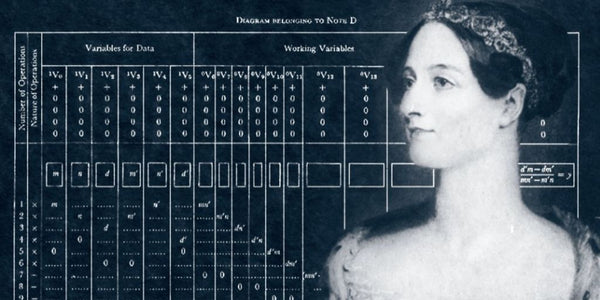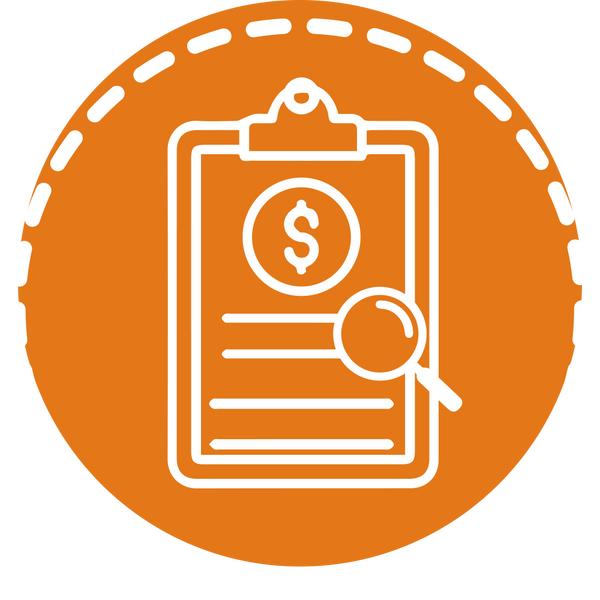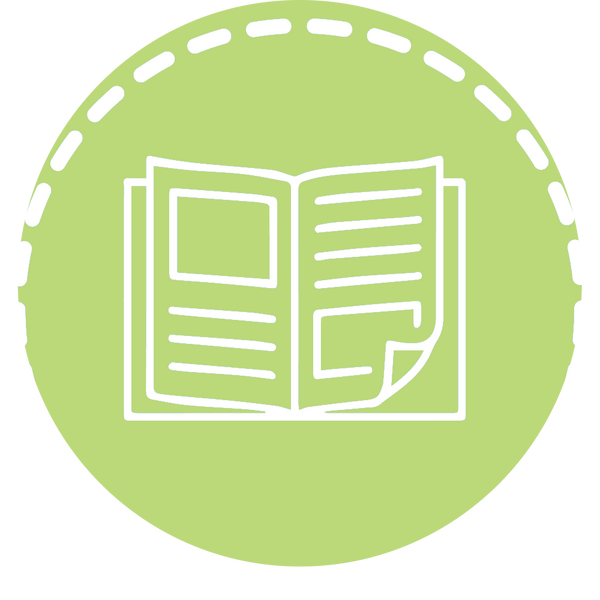
Happy Ada Lovelace Day!
Long before Alan Turing or Noam Chomsky were even twinkles in their parents’ eyes, Augusta Ada King-Noel, Countess of Lovelace, was shaking up the British aristocracy as a beautiful and flirtatious mathematician. Her mother Anabella suspected she inherited this sort of “insanity” from her father, the equally colorful Lord Byron, who is remembered now as an acclaimed poet. In an era when women were typically discouraged from pursuing the hard sciences Ada’s mother, also a mathematician, suggested just the opposite (Riddle, 2016). Lucky for the field of computer science, Anabella thought the zestful tendencies Ada inherited from her father could be counteracted through immersion in logic and mathematics (Riddle, 2016). Endowed with the powerful combination of her natural curiosity and her mother’s expressed sentiment, Ada launched into a course of education that would eventually earn her the title the “Enchantress of Numbers.”
While attending a party, young Ada was introduced to Charles Babbage, the inventor of the difference engine, which was capable only of calculating numbers. While Ada found this machine captivating, she later collaborated with Babbage to develop the features of what we would eventually come to know as the modern computer (then called the analytical engine). Although the analytical engine was technically never fully finished, Ada compiled a series of notes that detailed the essence of both a computer and software. Her notes included the first published description of a process of operations used to solve math problems, rightfully earning her the title of the world’s “first programmer.” She conceived of a computer that would “have the input stream in the form of a deck of punched cards, a store for saving data, a mill for arithmetic operations, and a printer that made a permanent record” (Masters, 1994).
Ada’s developments paved the way for the eventual introduction of the analog and electronic computers. By the 1960s, integrated circuits became a part of the manufacturing process, which allowed for a reduction in price, size, and failure rate of computers. From the 1970s on, the notion of a personal computer has been continuously perfected, as advanced programming, machine, assembly, and high-level languages are implemented. Currently, trends in computer developed lie in micro-miniaturization, which simply means an effort to reduce chip size (Masters). While today’s computers are capable of much more than processing a series of numbers, the contributions made by pioneers like Ada Lovelace can't be overstated. Ada and Charles were pioneering dreamers who could see beyond the technological limitations of their time and conceptualize the idea of a computer, a device so central to our day-to-day lives today. Ada's legacy is more than microprocessors and Boolean scripts; the second Tuesday of each October, Ada Lovelace Day celebrates the achievements of the Enchantress of Numbers in hopes of inspiring the next generation of women scientists, engineers, technicians and mathematicians. Advancing down the road that Ada helped to pave, what will they discover, invent, program and create?








